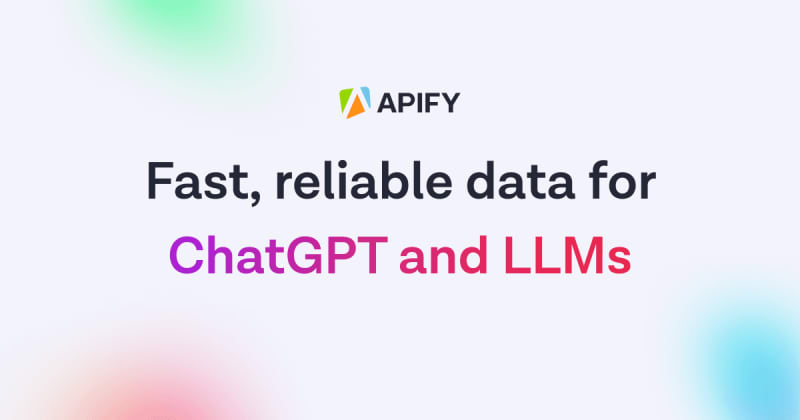The timing of Pinecone's launch in 2021 was certainly fortuitous. With the rise of generative AI in the latter half of 2022 and the massive interest in vector databases that accompanied it, Pinecone is now an industry leader.
What is Pinecone?
In simple terms, Pinecone is a vector database for machine learning applications. If you're thinking, 'You call that simple?' then perhaps you're not familiar with vector databases.
Vector databases are designed to handle the unique structure of vector embeddings, which are dense vectors of numbers that represent text. They are used in machine learning to capture the meaning of words and map their semantic meaning. These databases index vectors for easy search and retrieval by comparing values and finding those that are most similar to one another, making them ideal for natural language processing and AI-driven applications.
Imagine a vector database as a vast warehouse and the AI as the skilled warehouse manager. In this warehouse, every item (data) is stored in a box (vector), organized neatly on shelves in a multidimensional space for applications like recommendation systems, anomaly detection and natural language processing.
- Mark Hingle, co-founder of TriggerMesh
The timing of Pinecone's launch in 2021 was certainly fortuitous. With the rise of generative AI in the latter half of 2022 and the massive interest in vector databases that accompanied it, Pinecone is now an industry leader. In the beginning, most Pinecone use cases were centered around semantic search. Today, they have a broad customer base, from hobbyists interested in vector databases and embeddings to ML engineers, data scientists, and systems and production engineers who want to build chatbots, large language models, and more.
It was obvious to me that the world of machine learning and databases were on a head-on collision path where machine learning was representing data as these new objects called vectors that no database was really able to handle.
- Edo Liberty, founder and CEO of Pinecone
What are large language models (LLMs)?
Large language models, or LLMs, are considered a type of generative AI designed to help produce text-based content. They use deep learning techniques and enormous datasets to understand, predict, and generate new content. The most famous of them is ChatGPT, but other notable examples are LLaMA, LaMDA, Cohere, and AI21 Labs.
Such LLMs are quite remarkable inasmuch as a single model can be used for a range of tasks such as answering questions, summarising documents, completing sentences, translating text, generating or explaining code, and more. Also, their performance can scale as you add more parameters to the model. That's fundamentally the difference between GPT-3 (175 billion parameters in its neural network) and GPT-4 (1 trillion parameters). Very large pre-trained language models like these can accurately predict text with just a handful of labeled examples.
Related What is generative AI?
Why use Pinecone with LLMs?
By representing data as vectors, Pinecone can quickly search for similar data points in a database. This makes it ideal for a range of use cases, including semantic search, similarity search for images and audio, recommendation systems, record matching, anomaly detection, and more. Perhaps the biggest use case is natural language processing (NLP). That means it is ideal for large language models. You can use Pinecone to build NLP systems that can understand the meaning of words and suggest similar text based on semantic similarity.
You can use Pinecone to extend LLMs with long-term memory. You begin with a general-purpose model, like GPT-4, but add your own data in the vector database. That means you can fine-tune and customize prompt responses by querying relevant documents from your database to update the context. You can also integrate Pinecone with LangChain, which combines multiple LLMs together.
This is the main reason vector databases are all the rage these days. While there are some excellent open-source alternatives, such as Weaviate , Milvus , and Chroma , which are also big players, Pinecone remains the leader in this field.
If youre a developer working with generative AI (that's probably most of you now), learning how to use Pinecone and similar vector databases will certainly be worth your time. And if you need a tool to collect data for your vector databases, you might want to consider a website content crawler while you're at it.








Top comments (0)